Spironolactone Uses – A Comprehensive Guide
Table of Contents
Spironolactone, classified as a potassium-sparing diuretic, is prescribed primarily for the treatment of high blood pressure and heart failure. Additionally, Spironolactone can effectively treat swelling (edema) associated with conditions like heart failure and liver disease. It is also utilized in cases of aldosterone overproduction.
In this guide, we will discuss what is spironolactone, what is spironolactone used for, spironolactone 25 mg uses, how it works, how to use it, its side effects and more.
What is Spironolactone?
Spironolactone tablets belong to a class of medications known as aldosterone antagonists, they are used for the treatment of hypertension (high blood pressure) and heart failure.
Spironolactone selectively blocks the action of aldosterone, a hormone that regulates sodium and water balance in the body. By inhibiting aldosterone, Spironolactone promotes the excretion of sodium and water while conserving potassium, thus helping to reduce blood pressure and alleviate symptoms associated with heart failure.
-
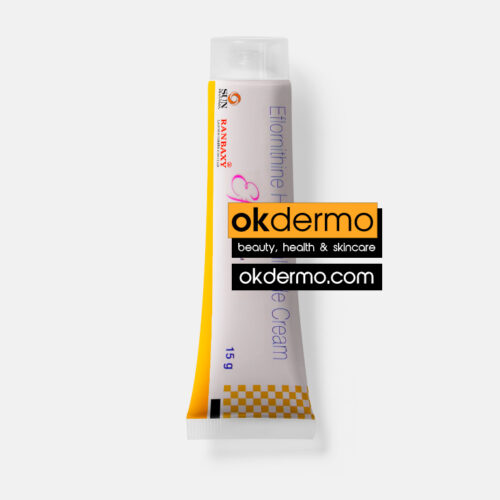
Topical Eflornithine Facial Hair Inhibitor Cream
Eflornithine Hydrochloride 13.9%
Size: 15g / 0.53oz
Brand name: Vaniqa
From USD $42.00 Select options -
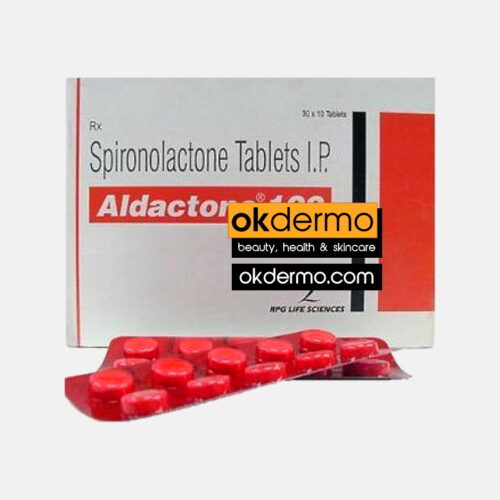
Aldacton® Spironolactone Tablets
Spironolactone 25mg / 50mg / 100mg
Brand name: Hyles, CaroSpir
Size: 1 Strip of 75 Tablets
From USD $35.00 Select options -
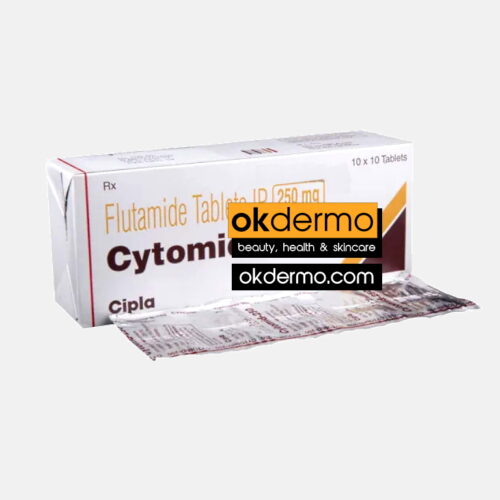
Cytomid® Flutamide Tablets
Flutamide 250mg
Size: 1 Strip of 30 Tablets
Brand name: Eulexin
USD $43.00 Add to cart
How Does Spironolactone Work?
Spironolactone tablets work by the following mechanisms:
- Aldosterone Antagonist Function: Spironolactone tablets exert their therapeutic effects by competitively binding to aldosterone receptors in the distal convoluted tubules and collecting ducts of the kidneys. By blocking aldosterone’s action, Spironolactone prevents the reabsorption of sodium and water, leading to increased excretion of sodium and water from the body. Consequently, this promotes the elimination of excess fluid and reduces blood pressure.
- Interaction with Hormone Receptors: In addition to its aldosterone-blocking properties, Spironolactone also interacts with other hormone receptors, particularly androgen receptors. These antiandrogen effects contribute to its efficacy in conditions such as acne, hirsutism (excessive hair growth), and polycystic ovary syndrome (PCOS), where hormonal imbalances play a significant role.
- Effects on Sodium and Potassium Levels: By inhibiting aldosterone, Spironolactone not only promotes sodium and water excretion but also facilitates the retention of potassium. While this effect is beneficial in preventing potassium depletion, it can lead to hyperkalemia (elevated potassium levels) if not monitored closely, particularly in patients with underlying kidney disease or those taking other medications that affect potassium levels. Therefore, regular monitoring of electrolytes is essential during Spironolactone therapy.
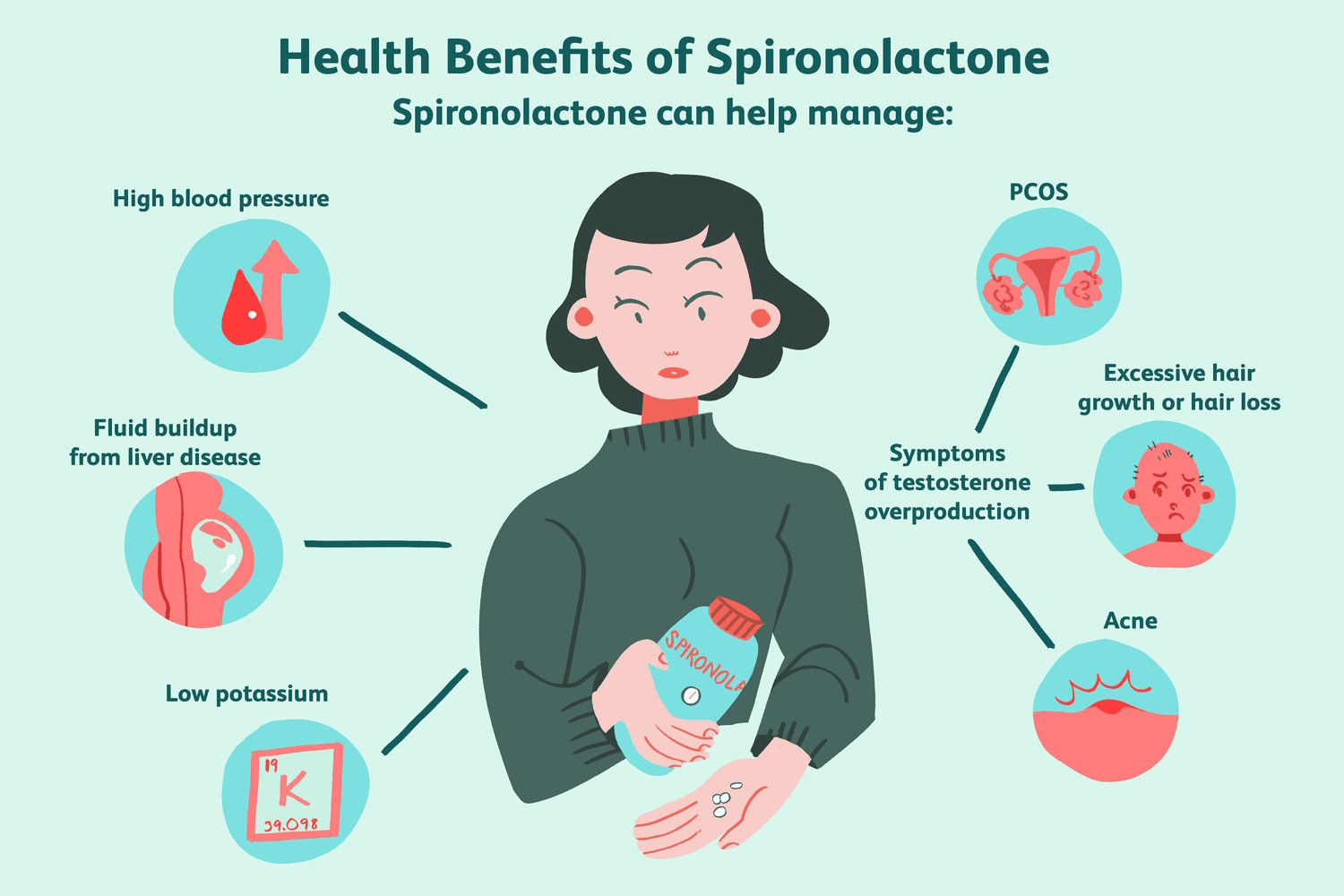
What is Spironolactone Used for?
Aldactone (Spironolactone) uses are applied across various medical conditions. Some significant Aldactone uses are:
Treatment of Hypertension
- Spironolactone is utilized as an adjunctive therapy in the management of hypertension, particularly in patients with resistant or difficult-to-control blood pressure.
Management of Heart Failure
- Spironolactone is indicated in the management of heart failure with reduced ejection fraction, particularly in patients who remain symptomatic despite standard therapies.
- It reduces morbidity and mortality in patients with heart failure by its diuretic and anti-aldosterone effects, leading to improved fluid balance and cardiac function.
Aldosteronism and Edema
- Spironolactone is effective in the management of aldosteronism, a condition characterized by excessive aldosterone production, leading to fluid retention and hypertension.
- It helps counteract the effects of aldosterone, thereby reducing sodium and water retention and alleviating edema.
Spironolactone for Acne Treatment
- What is spironolactone used for acne is a commonly asked question. Spironolactone is increasingly recognized for its efficacy in treating acne, particularly in adult women with hormonal acne.
- Its anti-androgenic properties help reduce sebum production and inhibit the development of acne lesions.
Hirsutism and PCOS
- Spironolactone is used in the management of hirsutism (excessive hair growth) and polycystic ovary syndrome (PCOS) in women.
- By blocking androgen receptors, Spironolactone helps reduce androgen-mediated symptoms such as hirsutism and acne in women with PCOS.
Thus, aldosterone, used for hypertension and heart failure primarily, also finds its applications in multiple other conditions.
Spironolactone Dose
Spironolactone 25 mg uses and higher doses uses extend to a number of conditions including hypertension and heart failure.
Recommended Dosages for Different Conditions
- Hypertension: The typical starting dose of spironolactone tablets for hypertension ranges from 25 to 50 milligrams per day, with adjustments made based on blood pressure response. Higher doses may be necessary in some cases, up to a maximum of 100 milligrams daily.
- Heart Failure: For the management of heart failure, the starting dose usually ranges from 12.5 to 25 milligrams once daily. Depending on patient tolerance and renal function, the dose may be titrated upward to a maximum of 50 milligrams daily.
- Aldosteronism and Edema: Dosage for aldosteronism and edema varies depending on the underlying cause and severity of the condition. Initial doses typically range from 100 to 400 milligrams per day, divided into multiple doses.
- Acne Treatment: Spironolactone for acne treatment is started with spironolactone tablets, 25 to 50 milligrams per day, with gradual titration based on individual response and tolerance. The maximum recommended dose for acne is typically 100 milligrams daily.
- Hirsutism and PCOS: Dosage for hirsutism and polycystic ovary syndrome (PCOS) ranges from 50 to 200 milligrams per day, administered in divided doses. The optimal dosage may vary depending on the severity of symptoms and individual patient characteristics.
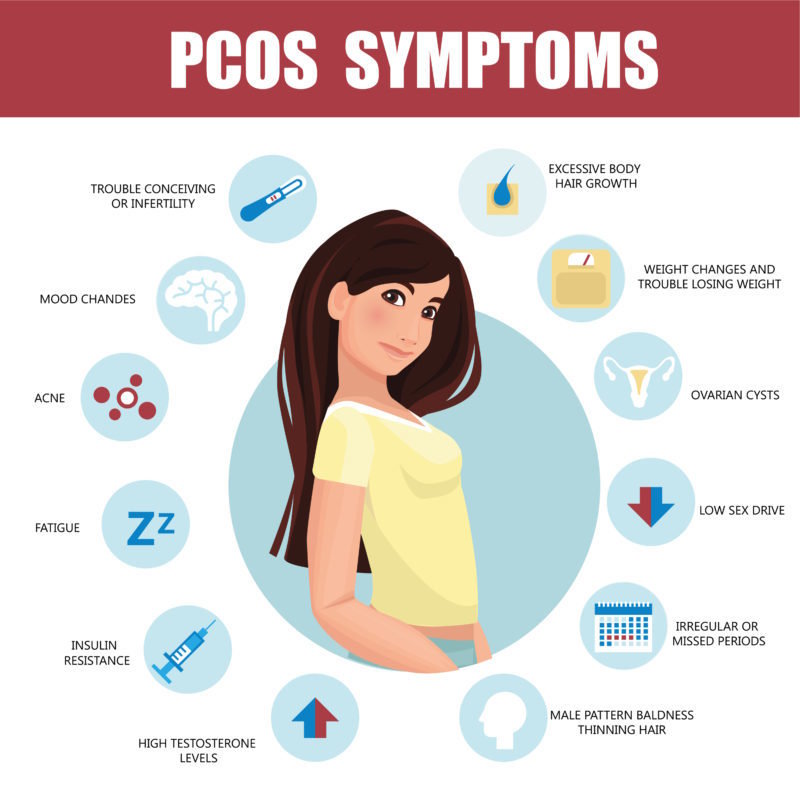
Spironolactone Side Effects
Spironolactone 25 mg side effects and those of higher doses are as follows.
Common Side Effects:
-
- Dizziness: Some individuals may experience dizziness, particularly upon standing up quickly, due to changes in blood pressure.
- Headache: Headaches are a common side effect reported by patients taking Spironolactone, although the exact mechanism is not fully understood.
- Gastrointestinal Disturbances: Nausea, vomiting, diarrhea, or abdominal cramps may occur, though these symptoms are usually mild and transient.
Potential Adverse Reactions:
-
- Hyperkalemia: Elevated potassium levels can occur with Spironolactone use, especially in patients with renal impairment or those taking other medications that affect potassium levels. Symptoms of hyperkalemia include weakness, fatigue, and potentially life-threatening cardiac arrhythmias.
- Gynecomastia: Enlargement of breast tissue in males may occur due to Spironolactone’s anti-androgenic effects, although this side effect is rare.
Spironolactone Side Effects in Females:
Spironolactone side effects in females can include:
- Menstrual Irregularities: Spironolactone’s anti-androgenic properties can lead to hormonal changes in females, resulting in irregularities in the menstrual cycle. This may manifest as irregular periods or spotting.
- Breast Tenderness: Some females may experience breast tenderness or discomfort as a side effect of Spironolactone. This is often temporary and may resolve over time.
- Breast Enlargement (Gynecomastia): In rare cases, females taking Spironolactone may experience enlargement of breast tissue, a condition known as gynecomastia. This side effect is more commonly associated with males but can occur in females as well due to Spironolactone’s anti-androgenic effects.
- Decreased Libido: Spironolactone’s influence on hormone levels may also affect sexual desire in some females, leading to a decrease in libido.
- Mood Changes: Changes in hormone levels induced by Spironolactone may occasionally impact mood, leading to mood swings or changes in emotional well-being.

Precautions and Contraindications:
- Renal Function: Spironolactone is primarily metabolized by the kidneys, and dosage adjustments may be necessary in patients with impaired renal function to prevent drug accumulation and potential toxicity.
- Potassium Levels: Patients with hyperkalemia (elevated potassium levels) or those at risk of developing hyperkalemia may require dosage adjustments or close monitoring of electrolytes during Spironolactone therapy.
- Concomitant Medications: Spironolactone may interact with other medications, particularly potassium-sparing diuretics and ACE inhibitors, necessitating dosage adjustments or careful monitoring to prevent adverse effects or drug interactions.
Foods to Avoid While Taking Spironolactone Tablets
Dietary considerations can play a crucial role in managing potential side effects of Spironolactone, particularly those related to potassium levels. Following are the foods to avoid while taking spironolactone.
Impact of Potassium-Rich Foods:
-
- Foods high in potassium, such as bananas, oranges, potatoes, tomatoes, and leafy greens, can increase potassium levels in the body. Patients taking Spironolactone should be cautious with their intake of these foods to avoid exacerbating hyperkalemia risk.
Suggestions for Dietary Adjustments:
-
- Patients are advised to consume a balanced diet rich in fruits, vegetables, and whole grains while moderating their intake of high-potassium foods.
- Regular monitoring of potassium levels and adherence to dietary recommendations can help mitigate the risk of hyperkalemia and optimize treatment outcomes.
Spironolactone Dangers
While Spironolactone tablets are generally well-tolerated when used appropriately, there are potential risks associated with its use, particularly when factors such as drug interactions and improper usage are not adequately addressed. Spironolactone dangers include:
Risk of Drug Interactions:
-
- Spironolactone can interact with other medications, such as potassium-sparing diuretics, ACE inhibitors, and potassium supplements, leading to increased risk of hyperkalemia. Therefore, it is important to carefully assess potential drug interactions and adjust dosages or monitor patients accordingly.
Consequences of Improper Usage:
-
- Improper dosing or administration of Spironolactone can lead to electrolyte imbalances, particularly hyperkalemia, which can result in serious cardiac complications, including arrhythmias and cardiac arrest.
- It is important to be educated about the importance of adherence to prescribed dosages and regular monitoring of electrolyte levels to minimize these risks.
Monitoring and Management of Risks:
-
- Regular monitoring of electrolytes, renal function, and blood pressure is essential during Spironolactone therapy to detect and manage potential adverse effects promptly.
Frequently Asked Questions (FAQs) About Spironolactone
What is a Major Side Effect of Spironolactone?
One major side effect of Spironolactone is hyperkalemia, which refers to elevated levels of potassium in the blood. This can occur due to Spironolactone’s mechanism of action, which involves blocking the action of aldosterone, a hormone that regulates potassium levels in the body. Hyperkalemia can lead to symptoms such as weakness, fatigue, palpitations, and potentially life-threatening cardiac arrhythmias if left untreated.
What are the Benefits of Taking Spironolactone?
The benefits of taking Spironolactone depend on the medical condition being treated. Some of the primary benefits include:
- Lowering blood pressure: Spironolactone is effective in treating hypertension (high blood pressure) by reducing fluid retention and decreasing blood volume.
- Managing heart failure: Spironolactone can improve symptoms and reduce morbidity and mortality in patients with heart failure by promoting diuresis and inhibiting aldosterone.
- Treating hormonal acne: Spironolactone for acne is used because it has anti-androgenic properties, making it effective in reducing sebum production and improving acne in women with hormonal acne.
- Alleviating symptoms of hirsutism and polycystic ovary syndrome (PCOS): Spironolactone can help reduce excess hair growth (hirsutism) and improve hormonal imbalances associated with PCOS in women.
What Symptoms Does Spironolactone Treat?
Spironolactone is used to treat a variety of symptoms and medical conditions, including:
- Hypertension (high blood pressure)
- Heart failure
- Edema (fluid retention)
- Hormonal acne
- Hirsutism (excessive hair growth)
- Polycystic ovary syndrome (PCOS)
Why Would a Woman Take Spironolactone?
Women may take Spironolactone for several reasons, including:
- Treatment of hormonal acne: Spironolactone is often prescribed to women with hormonal acne that is resistant to other treatments. Its anti-androgenic properties help reduce sebum production and improve acne.
- Management of hirsutism: Spironolactone can be used to reduce excess hair growth (hirsutism) in women by blocking the effects of androgens (male hormones).
- Management of polycystic ovary syndrome (PCOS): Spironolactone may be used to alleviate symptoms of PCOS, including hirsutism, irregular menstrual cycles, and hormonal imbalances.
What Should You Avoid While Taking Spironolactone?
While taking Spironolactone, it is important to avoid:
- Potassium supplements: Excessive potassium intake can increase the risk of hyperkalemia when combined with Spironolactone.
- High-potassium foods: Consuming foods rich in potassium, such as bananas, oranges, potatoes, tomatoes, and leafy greens, should be moderated to prevent hyperkalemia.
- Alcohol: Alcohol consumption can potentiate the blood pressure-lowering effects of Spironolactone and may exacerbate dizziness or lightheadedness.
- NSAIDs (nonsteroidal anti-inflammatory drugs): NSAIDs, such as ibuprofen and naproxen, can reduce the diuretic and antihypertensive effects of Spironolactone and may increase the risk of kidney damage when used together for prolonged periods.
References:
- https://www.sciencedirect.com/science/article/pii/S0885392416311800
- https://www.sciencedirect.com/science/article/pii/S0085253815325333
- https://journals.lww.com/jhypertension/abstract/2013/01000/spironolactone,_eplerenone_and_the_new_aldosterone.2.aspx
- https://academic.oup.com/endo/article-abstract/97/1/52/2619110
- https://www.sciencedirect.com/science/article/pii/S0085253815325333
- https://www.ahajournals.org/doi/full/10.1161/01.HYP.0000259805.18468.8c#d1e309
- https://www.nejm.org/doi/full/10.1056/NEJM199909023411001
- https://www.sciencedirect.com/science/article/abs/pii/S1521690X10001284
- https://academic.oup.com/ced/article-abstract/45/8/986/6597888
- https://www.sciencedirect.com/science/article/abs/pii/S0167527315011900
- https://www.bmj.com/content/327/7407/147.short
Post by:
Dr.Marcella Jiovanni
Health and Beauty Expert
“Marcella Jiovanni actively promotes the importance of maintaining healthy skin, she envisions the future of dermatology as moving away from pure medical, pharmacological dermatology and flowing more toward a holistic approach to wellness and skincare.”

















